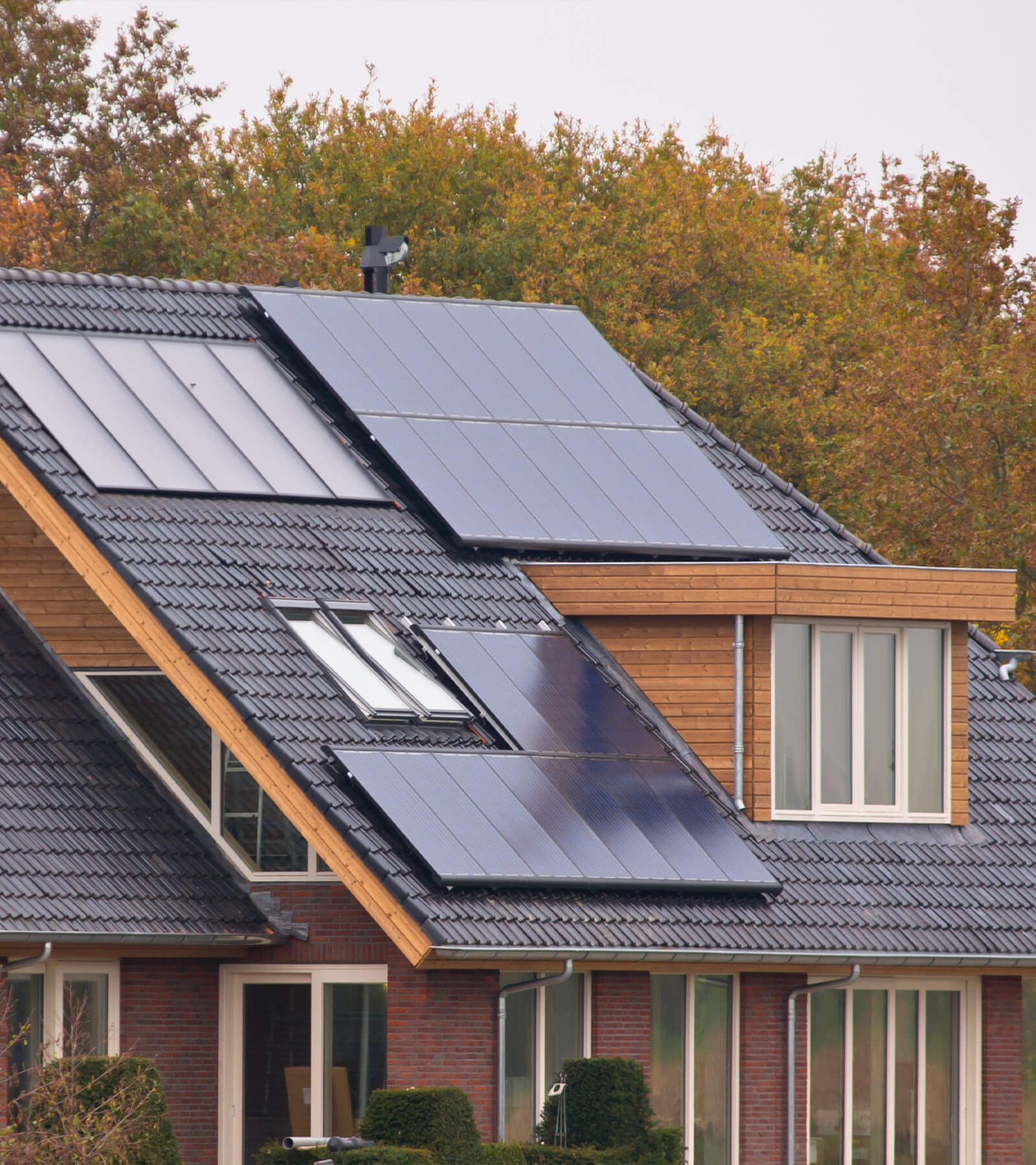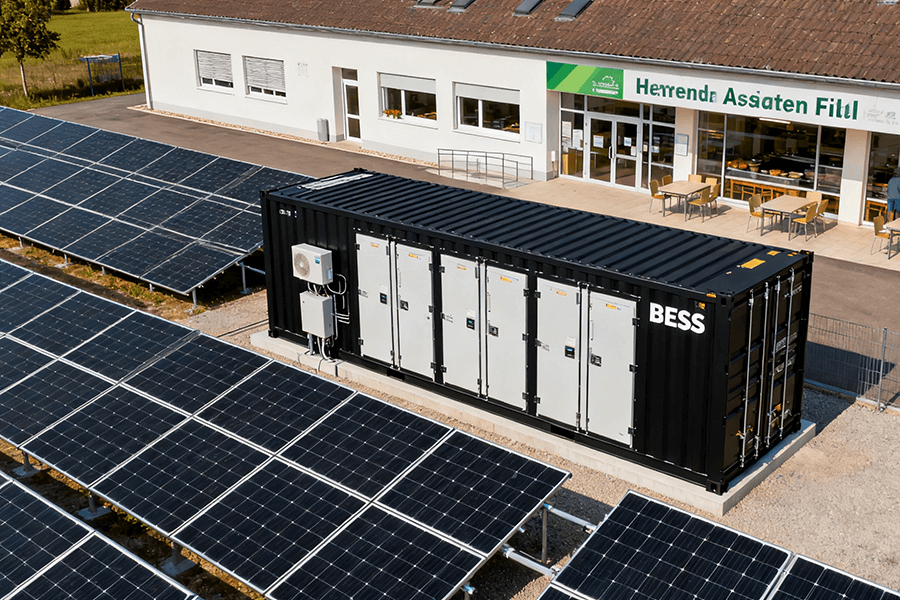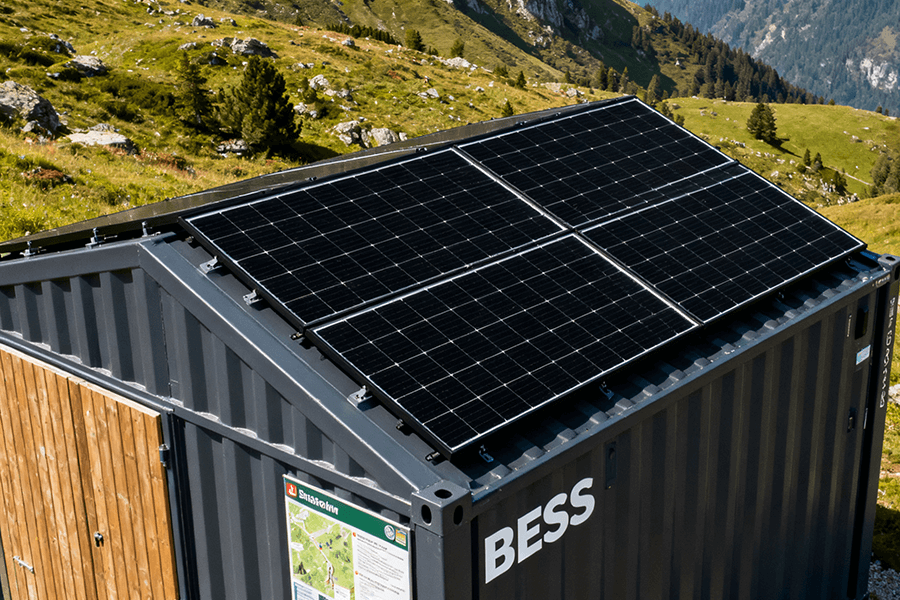
The EU Voltage Dip Crisis: Why UPS Just Isn’t Cutting It
Let’s start with the bad news: voltage dips aren’t rare—they’re an EU grid epidemic. Here’s the hard data that’ll make any CFO wince:
Key Dip Statistics for EU Businesses
-
Average commercial/industrial site: 40-60 voltage dips per year
-
35% of European industrial downtime traces directly to dips
-
Single dip cost range: €8,000 (small retail) to €200,000 (semiconductor plants)
UPS: The Outdated “Band-Aid” Solution
UPS systems were revolutionary… in the 90s. Today, they’re outmatched by modern facility needs. Their fatal flaws:
|
Limitation
|
Real-World Impact
|
|---|---|
|
Small load coverage (kW, not MW)
|
A hospital needs 60+ UPS units to protect all medical gear
|
|
Short backup time (minutes)
|
Can’t survive extended grid fluctuations (common with renewables)
|
|
High maintenance
|
Annual upkeep costs 3x more than BESS for equivalent coverage
|
The Solution: BESS Containers—UPS’s Replacement
Think of BESS containers as UPS’s older, stronger, smarter sibling. They combine high-capacity batteries with fast inverters to handle dips at scale—no more “one unit per device” chaos.
How BESS Containers Crush Voltage Dips: 2 Core Superpowers
BESS Container in EU Grid Voltage Dip Mitigation doesn’t just “fix” dips—it stops them before they cause damage. Here’s how:
Superpower 1: Sub-30ms Response Time (Faster Than a Blink)
Human reaction time: 200ms. UPS response: 5-10ms. BESS response: 30ms or less. That’s fast enough to restore voltage to ≥90% of nominal levels before sensitive gear (PLCs, MRIs) even notices a blip.
Real Case: Barcelona Semiconductor Plant
– Deployed: 1MWh BESS container (2023)
– Result: Mitigated 11 dips in 2024 (3 lightning, 8 grid fluctuations)
– Savings: €2.2M in avoided downtime (enough for 44,000€ of paella—CFO approved)
Superpower 2: Distributed Protection for Entire Zones
BESS containers scale—from 300kWh “micro-protectors” for office parks to 2MWh “industrial guardians.” Multiple units create a “power safety net” for commercial districts.
Win Story: Rotterdam Commercial District
-
Setup: 4x 500kWh BESS containers (2022)
-
Pre-BESS: 23 dip-related equipment failures/month
-
Post-BESS: 6 failures/month (72% reduction)
-
Annual Savings: €1.5M (local hospital reported ZERO dip disruptions)
The Business Case: BESS Saves (and Earns!) Money
Let’s talk ROI—BESS Container in EU Grid Voltage Dip Mitigation isn’t just a protector; it’s a profit center. Here’s the breakdown:
BESS vs. UPS: 10-Year Cost Showdown
A Munich hospital chose BESS over 62 UPS units—here’s why it was a no-brainer:
|
Cost Category
|
800kWh BESS Container
|
62 UPS Units
|
BESS Savings
|
|---|---|---|---|
|
Initial Purchase
|
€320,000
|
€480,000
|
€160,000
|
|
Maintenance
|
€80,000
|
€220,000
|
€140,000
|
|
Battery/UPS Replacement
|
€60,000
|
€190,000
|
€130,000
|
|
10-Year Total
|
€460,000
|
€890,000
|
€430,000 (42%)
|
Bonus: BESS Earns Revenue with Peak Shaving
BESS isn’t a one-trick pony. When it’s not fighting dips, it stores cheap off-peak electricity and sells it back during expensive peaks (peak shaving). Example:
Brussels Shopping Mall (600kWh BESS)
-
Voltage dip protection fees (tenants): €16,000/year
-
Peak shaving revenue (grid sales): €12,000/year
-
Total Extra Income: €28,000/year (covers holiday lighting + management bonuses)
Maxbo Solar: Your EU BESS Partner (From Someone Who Lives It)
As European Sales Director at Maxbo Solar (www.maxbo-solar.com), I’ve seen BESS transform businesses firsthand. We don’t just build containers—we build EU-ready ones that check every box:
Maxbo BESS: Designed for EU Grids
|
Feature
|
EU Benefit
|
|---|---|
|
25ms response time
|
Exceeds EU critical infrastructure standards (50ms)
|
|
IP65 weather rating
|
Handles Scandinavian snow + Mediterranean heat
|
|
AI-driven dip prediction
|
Uses local EU grid data for proactive protection
|
|
100% recyclable LFP batteries
|
Meets EU ESG + waste regulations
|
Our Lyon Food Plant Win
A Lyon food processor was losing €450k/year to dips that spoiled refrigerated goods. We installed a 1.2MWh BESS container in 2024—result? Zero dip-related losses, plus €18k/year from peak shaving. That’s the Maxbo difference: solving problems and adding value.
Conclusion: BESS Will Dominate EU Dip Mitigation by 2035
Voltage dips are here to stay—especially as the EU adds more renewables. But the era of UPS is ending. BloombergNEF predicts that by 2035, BESS Container in EU Grid Voltage Dip Mitigation will handle 52% of all commercial/industrial dip protection.
For EU businesses, the choice is simple: keep wasting money on UPS band-aids, or invest in BESS—faster, cheaper, and revenue-generating. At Maxbo Solar, we’re ready to help you make the switch. The grid’s future is resilient, and it’s powered by BESS.
Author Note
All data from EU energy agencies (Eurelectric, IEA) and Maxbo Solar’s third-party-audited projects. Contact us via www.maxbo-solar.com for full reports.
References
-
[1] European Commission. “Voltage Quality in the Single European Market.” 2024. ec.europa.eu/energy/topics/grid-integration/voltage-quality_en
-
[2] EESA. “BESS vs. UPS Cost Comparison.” 2025. eesa.eu/research/bess-vs-ups-costs/
-
[3] BloombergNEF. “EU Energy Storage Outlook 2035.” 2025. bnef.com/reports/eu-energy-storage-outlook-2035/26238











